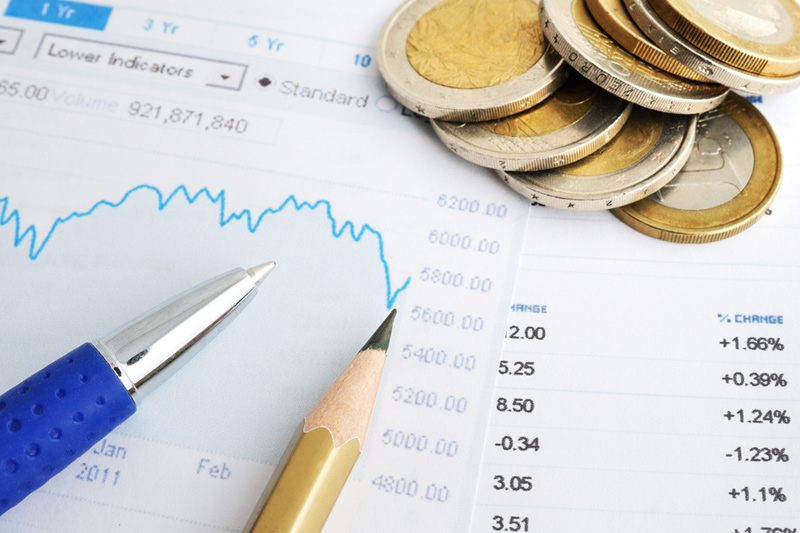Trump meets Zelenskiy, says Putin wants war to end, mulls trilateral talks
The latest figures have revealed a modest decrease in US retail sales, which fell short of economists’ expectations. The actual growth rate stood at 0.5%, a slight dip from the forecasted 0.6%.
Retail sales, a key indicator of consumer spending, measures the change in the total value of sales at the retail level. This data is closely watched by economists and investors, as consumer spending accounts for the majority of overall economic activity. Therefore, any significant changes in retail sales can have a considerable impact on the economy and the value of the US dollar.
The actual growth rate of 0.5% not only fell short of the forecasted 0.6%, but also registered a decrease compared to the previous figure of 0.9%. This suggests a slowing down of consumer spending, which could potentially signal a slowdown in the overall economy.
A higher than expected reading of retail sales is generally seen as positive or bullish for the US dollar, as it indicates increased consumer spending and economic activity. Conversely, a lower than expected reading is usually taken as negative or bearish for the US dollar, signaling a potential downturn in the economy.
While the actual growth rate of 0.5% is slightly below expectations, it remains to be seen whether this is a temporary blip or the start of a longer-term trend. Economists will continue to monitor retail sales and other economic indicators to gauge the health of the US economy.
In the meantime, investors and economists will be keeping a close eye on the Federal Reserve and other economic policymakers, who use such data to inform their decisions on interest rates and other economic policies. The slight dip in retail sales could potentially influence these decisions, adding another layer of uncertainty to the economic outlook.
This article was generated with the support of AI and reviewed by an editor. For more information see our T&C.
